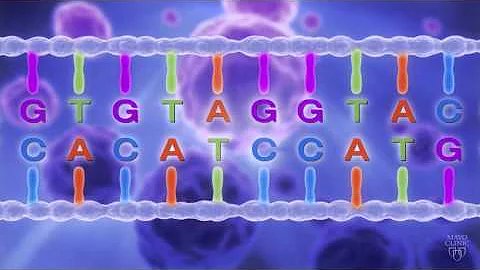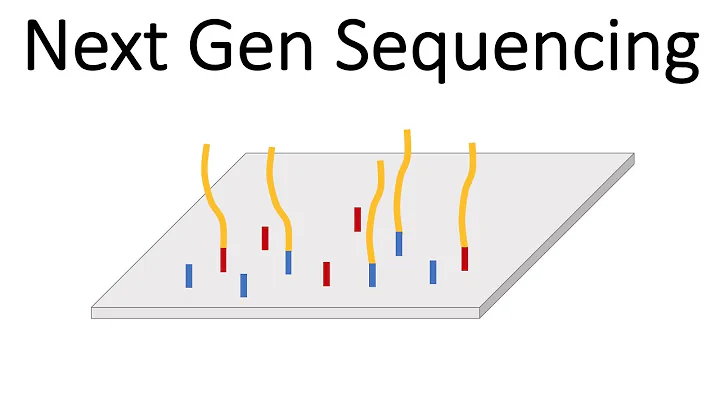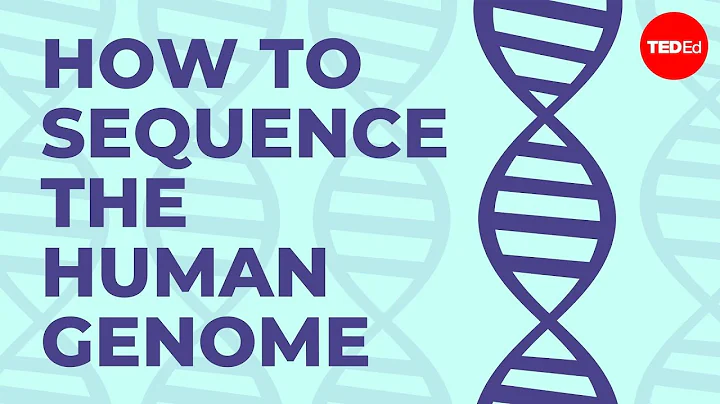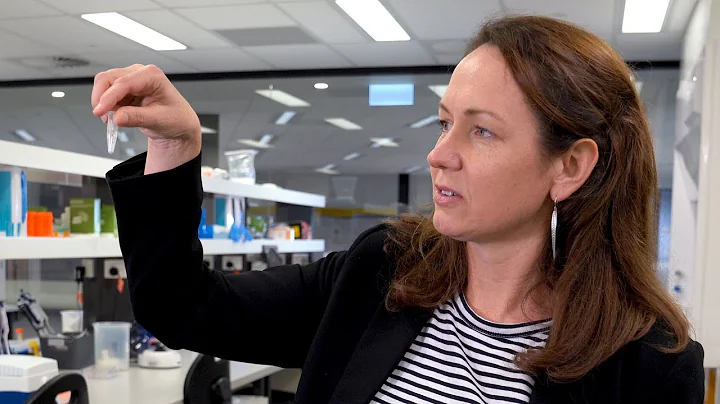On the afternoon of June 30, Berry Gene held the first online media open day event in 2022 with the theme of third-generation sequencing technology. During this period, Berry Gene announced to the outside world the latest progress of three generations of scientific research: the results of a clinical retrospective study of three generations of SMA (spinal muscular atrophy) completed with the company's participation, were recently published in the authoritative international academic journal in the field of molecular diagnosisJournal of Molecular Diagnostics (immediate IF=5.568).
Scientific research results are emerging frequently, and products have been launched one after another... At a time when third-generation sequencing technology has opened a new door for the genetic industry, Berry Genetics, which has accumulated a lot of experience, takes this opportunity to expand its technological advantages to more scenarios and apply it to a wider range of applications. carrier screening, contribute to the prevention of birth defects, and strive to achieve overtaking in the bioeconomy era.

SMA oral medicines take the initiative to reduce prices, and sky-high-priced injections are included in medical insurance,
The research results of the third generation SMA were jointly published by China Welfare Society International Peace Maternal and Child Health Hospital and Berry Gene. Professor Wang Yanlin of China Welfare Society International Peace Maternal and Child Health Hospital and Berry Gene Mao Aiping Dr. is the corresponding author of this study .
Recently, an announcement was made by the Shandong Province Pharmaceutical and Equipment Centralized Procurement Platform, bringing SMA into the public eye again. The announcement shows that the SMA oral drug rispralan took the initiative to apply for a price reduction, and the adjusted price is 14,500 yuan per bottle. Calculated based on age and weight, the annual treatment cost for patients with the maximum dose after price adjustment will be less than 450,000 yuan. It is understood that rispalan will continue to participate in national medical insurance negotiations this year. And just at the end of last year, after the negotiators’ “soul bargaining”, the “sky-high price drug” for treating SMA, nosinaxin sodium injection was included in the national medical insurance, and the price of each drug dropped from 700,000 yuan to 33,000 yuan. , which sparked a heated discussion.
What is SMA, which has been frequently searched for as "a sky-high price of life-saving medicine"? SMA, or Spinal Muscular Atrophy, is a type of genetic muscle disease caused by the degeneration of motor neurons in the anterior horn of the spinal cord, resulting in muscle weakness and muscle atrophy. SMA is the second most common fatal autosomal recessive disease in infants and young children, with a population carrier rate of 1/72-1/47 and an incidence rate of 1/10000-1/6000.
Although SMA treatment drugs have been included in medical insurance or are on the way to be included in medical insurance, the lifetime treatment cost is still very expensive for most families, and the patient's treatment is a revision treatment rather than a radical cure. Therefore, SMA carrier screening is the most effective response. This study also proved that Berry Gene's third-generation SMA has more comprehensive coverage and more accurate detection than traditional detection methods such as qPCR and MLPA.
The detection rate has increased to more than 98%, and the residual risk has been reduced by 4-5 times
At this open day event, Ren Zhilin, director of Berry Gene’s third-generation business unit, introduced the advantages of third-generation SMA compared with traditional detection methods from a technical perspective, and This is supported by the data from this clinical retrospective study.
According to reports, there are three types of SMA carriers: 91-94% of carriers have only one copy of SMN1 (1+0) with normal function, and 2-5% of carriers have two copies of SMN1, but one of them contains a gene that causes The disease point mutation (1+1D), and the other 4% are silent carriers, that is, they have two copies of SMN1, but they are both located on the same chromosome (2+0). Currently, traditional genetic testing methods such as qPCR and MLPA cannot detect 1+1D and 2+0 carriers, and the residual risk is up to 1/415 (1/1245-1/415).

Ren Zhilin said that third-generation sequencing has technical advantages such as ultra-long read length, no GC preference, and the ability to accurately sequence complex regions such as highly repetitive regions. Moreover, technology costs continue to decline, and by 2025, the cost of third-generation sequencing will be the same as that of second-generation sequencing. On this basis, Berry Gene developed the third-generation SMA gene comprehensive detection (Comprehensive analysis of SMA, CASMA) technology, which for the first time in the world achieved high-efficiency third-generation HIFI sequencing of nearly 30kb full-length sequences of SMN1 and SMN2 genes. CASMA can also simultaneously detect SMN1 and SMN2 gene copy numbers, pathogenic SNVs and Indels in the entire gene range, and proactively prompt the risk of carrying the silent "2+0" type.
In this retrospective clinical study of three generations of SMA, CASMA accurately detected the SMN1 and SMN2 gene copy numbers in all 337 samples at one time, and the detection sensitivity for SMN1 copy number deletion was as high as 100%. CASMA also successfully detected 4 SMN1 gene point mutation carriers (1+1D) that would have been missed by traditional methods such as qPCR and MLPA. Through a patented analysis method, CASMA directly predicted all 7 cases (from 4 families) of known "2+0" type carriers. Data show that CASMA can greatly improve the genetic diagnosis and prognosis of SMA patients, improve the efficiency of SMA newborn genetic screening, increase the carrier detection rate from 91-94% to more than 98%, and reduce the residual risk by 4-5 times.
Next stop scenario, one-click solution to detect all single-gene diseases
In fact, third-generation SMA is just a piece of the puzzle in Berry’s third-generation sequencing clinical transformation system. Whether it is scientific research or product implementation, it is far more than that.
Not long ago, the clinical retrospective research results of the third generation of CAH (congenital adrenocortical hyperplasia) provided by Berry Gene Technology were published in the authoritative international academic journal in the field of laboratory medicine Clinical Chemistry (instant IF=11.784). Earlier, in the first half of 2021, the company launched the Thalassemia Gene Atlas (TiGA) project. In July 2021, the results of a multi-center clinical prospective study of third-generation thalassemia provided by Berry Genomics were published in The Journal of Molecular Diagnostics .
A series of clinical scientific research results have been released, and with the blessing of a strong reserve of 21 PacBio Sequel II/IIe third-generation sequencers, Berry Genomics has applied third-generation sequencing technology to a variety of rare diseases, such as third-generation thalassemia, third-generation CAH, third-generation SMA, etc. Products have been launched one after another. Among them, the third-generation thalassemia detection kit has recently obtained ethical approval for medical device registration and entered the clinical trial stage. The third-generation CAH and third-generation SMA technologies will both obtain invention patent certificates in 2022.
As for the next application scenario of third-generation sequencing, "one-click solution" single-gene detection of all diseases is Berry Gene's ultimate goal. Berry Gene said that because the company's various products are highly compatible, it is easier to solve multiple diseases at once, and from one to many, the accuracy will not be affected. As for the market, Berry Genomics believes that the biggest application scenario in the future is carrier screening. As the amount of data increases and it gains wider clinical recognition, the market will also explode.
It is precisely with the third-generation sequencing as a good focus that Berry Gene has enough confidence when asked how to achieve high-quality development of and in the bioeconomy era. The company stated that it will always focus on clinical needs, focus on the three dimensions of scientific research, hardware and products, and use the entire industry chain layout to bring full life cycle health management to the public.
Gao Yang, chairman and general manager of Berry Genetics, said: "We very much hope to seize the opportunity of technological leaps to achieve full genetic disease screening and diagnosis of unspecified diseases in future clinical scenarios, becoming a link between clinics and patients. A bridge to fulfill corporate mission and achieve value growth”
.




















